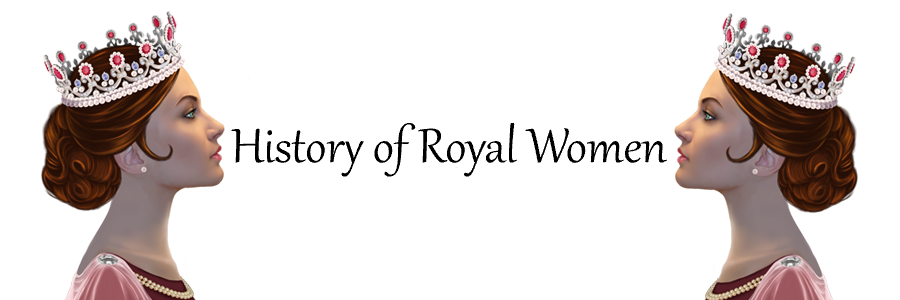
The Succession to the Crown Act 2013 went into effect on 26 March 2015, marking the end of many years of male-preference primogeniture.
Before this Act, the succession was settled on Sophia of Hanover and the “heirs of her body” with the Act of Settlement of 1701. Per common law, this implied male-preference primogeniture. This meant that there was never a woman who was heir apparent to the throne. As they could always technically be replaced by a younger brother, they were only ever heir presumptive.1
The Act of Settlement also disqualified anyone from the line of succession who was or became a Catholic and removed those who married Catholics. This meant that Prince of Michael, who married Baroness Marie-Christine von Reibnitz in 1978, was removed from the line of succession. He was 15th in the line of succession at the time. The future King Willem-Alexander of the Netherlands, who married Máxima Zorreguieta in 2002, was also removed from the British line of succession, even though he had only been distantly in line as a descendant of King George II.
While the ban on being a Catholic continues under the Succession to the Crown Act 2013 act, the ban on marrying one was revised, and those who had previously been removed, such as Prince Michael of Kent and King Willem-Alexander, were restored to the line of succession.
The Act of Settlement also repealed the Royal Marriages Act 1772, which required descendants of “King George II, male or female, other than the issue of princesses who had married or might thereafter marry ‘into foreign families’, could marry without the consent of the reigning monarch.” This requirement is now limited to the first six people in the line of succession.
Most significantly, the Succession to the Crown Act 2013 no longer gave precedence to brothers over elder sisters in the line of succession. This applies only to men born after 28 October 2011. The first people to switch places in the succession were the children of Lady Davina Windsor (Lady Davina Lewis between 2004 and 2018), the elder daughter of the Duke and Duchess of Gloucester. Her daughter Senna was born in 2010, and her son Tāne in 2012. They were reversed and became 28th and 29th (at the time). When Prince Louis of Wales was born in 2018, he took up his place in the line of succession behind his elder sister, Princess Charlotte.
A statement made by Nick Clegg reads, “The Act reflects this Government’s emphasis on equality by removing centuries of discrimination on both religious and gender grounds. The Act puts in place succession laws that are fit for the 21st century and for a modern constitutional monarchy.”2
- The Monarchy and the Constitution by Vernon Bogdanor p.42
- Statement

Be the first to comment